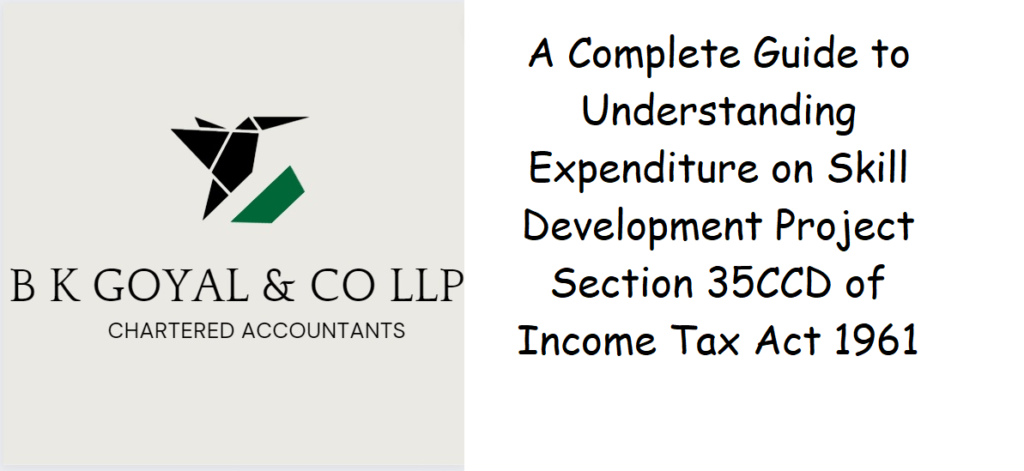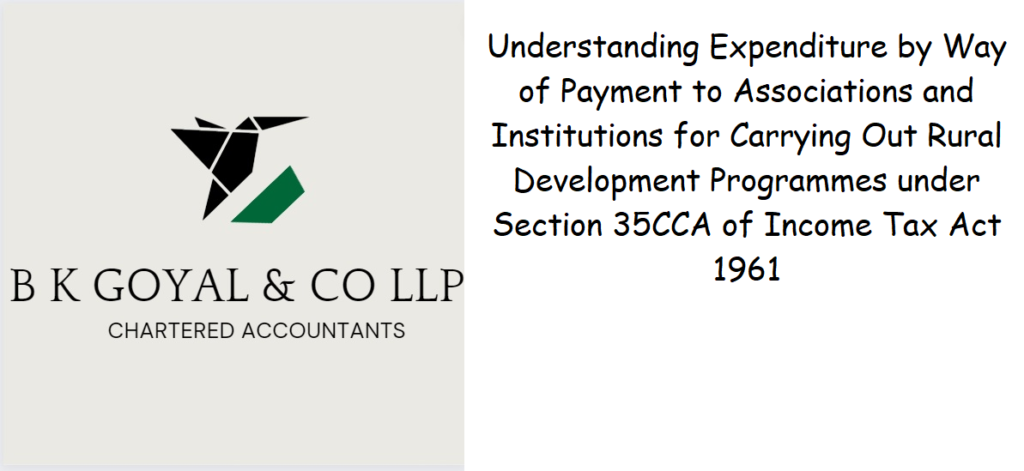Understanding Quorum for Board Meetings under Section 174 of Companies Act 2013
Introduction The Companies Act 2013 is a comprehensive legislation that governs the functioning of companies in India. It lays down various rules and regulations that companies must adhere to, including the requirement of holding board meetings under Section 173 of the Act. In this blog, we will focus on the quorum requirements for board meetings under Section 174 of the Companies Act 2013. We will provide a step-by-step guide to help you understand the quorum requirements and ensure that your board meetings are conducted in accordance with the law. Understanding Quorum in Board Meetings Quorum is the minimum number of members required to be present at a meeting to make the proceedings of the meeting valid. It ensures that decisions made during a meeting are not arbitrary and represent the consensus of the majority of the Board members. As per Section 174 of the Companies Act 2013, a quorum of a Board meeting should be: One-third of the total strength of the Board or Two directors, whichever is higher. For example, if a company has nine directors, then the quorum for a Board meeting would be three. On the other hand, if a company has only four directors, then the quorum for a Board meeting would be two. Steps to Determine Quorum for Meetings of Board Determining the quorum for Board meetings is an important aspect of corporate governance. Below are the steps to calculate the quorum for a Board meeting: Step 1: Determine the total strength of the Board The total strength of the Board is the number of directors appointed to the Board of a company. It can be determined by referring to the company’s articles of association or the resolution passed by the Board of Directors. Step 2: Calculate one-third of the total strength of the Board One-third of the total strength of the Board is the minimum number of directors required to form a quorum. For example, if a company has nine directors, one-third of the total strength of the Board would be three directors. Step 3: Determine the minimum number of directors required for quorum The minimum number of directors required for quorum is either one-third of the total strength of the Board or two directors, whichever is higher. Step 4: Check for the nearest number In case the total strength of the Board is not a multiple of three, the quorum should be calculated based on the nearest number. For example, if a company has 11 directors, one-third of the total strength of the Board would be 3.67, which should be rounded off to four directors. Consequences of Not Maintaining Quorum Not maintaining quorum can have serious consequences for a company. Some of the consequences are: Delay in decision-making: If a quorum is not present, decisions cannot be taken, leading to a delay in decision-making. Invalid decisions: Decisions taken without quorum are invalid and can be challenged in court. Legal action: Non-compliance with the quorum requirements can result in legal action against the company and its directors FAQs Q. What happens if a quorum is not met for a board meeting? A. If a quorum is not met for a board meeting, the meeting cannot proceed, and any business transacted at the meeting will be deemed invalid. Q. Can a director appoint a proxy to attend a board meeting? A. Yes, a director can appoint a proxy to attend a board meeting on their behalf. The proxy must be a member of the company and must be authorized to act as a proxy by the director. Q. Can a director who is interested in a contract or arrangement be counted towards the quorum? A. No, a director who is interested in a contract or arrangement that is to be discussed at the meeting cannot be counted towards the quorum. Section 174 of Companies Act 2013 (1) The quorum for a meeting of the Board of Directors of a company shall be 1[one third of its total strength or two Directors, whichever is higher], and the participation of the Directors by video conferencing or by other audio visual means shall also be counted for the purposes of quorum under this sub-section.] (2) The continuing Directors may act notwithstanding any vacancy in the Board; but, if and so long as their number is reduced below the quorum fixed by the Act for a meeting of the Board, the continuing Directors or director may act for the purpose of increasing the number of Directors to that fixed for the quorum, or of summoning a general meeting of the company and for no other purpose. 2,3&4[(3) Where at any time the number of interested Directors exceeds or is equal to two thirds of the total strength of the Board of Directors, the number of Directors who are not interested Directors and present at the meeting, being not less than two, shall be the quorum during such time. Explanation.—For the purposes of this sub-section, “interested director” means a director within the meaning of sub-section (2) of section 184.] (4) Where a meeting of the Board could not be held for want of quorum, then, unless the articles of the company otherwise provide, the meeting shall automatically stand adjourned to the same day at the same time and place in the next week or if that day is a national holiday, till the next succeeding day, which is not a national holiday, at the same time and place. Explanation.—For the purposes of this section,— (i) any fraction of a number shall be rounded off as one; (ii) “total strength” shall not include Directors whose places are vacant. Exceptions/ Modifications/ Adaptations 1. In case of section 8 company, in Sub-section (1) of section 174, for the words “onethird of its total strength or two Directors, whichever is higher”, the words “either eight members or twenty five per cent, of its total strength whichever is less” shall be substituted. The following proviso shall be inserted namely in case of section 8 company – “provided that the quorum shall not be less than two members”. –Notification dated 5th june, 2015. 2. In case of Specified IFSC Public Company – Sub-section (3) of section
Understanding Quorum for Board Meetings under Section 174 of Companies Act 2013 Read More »



